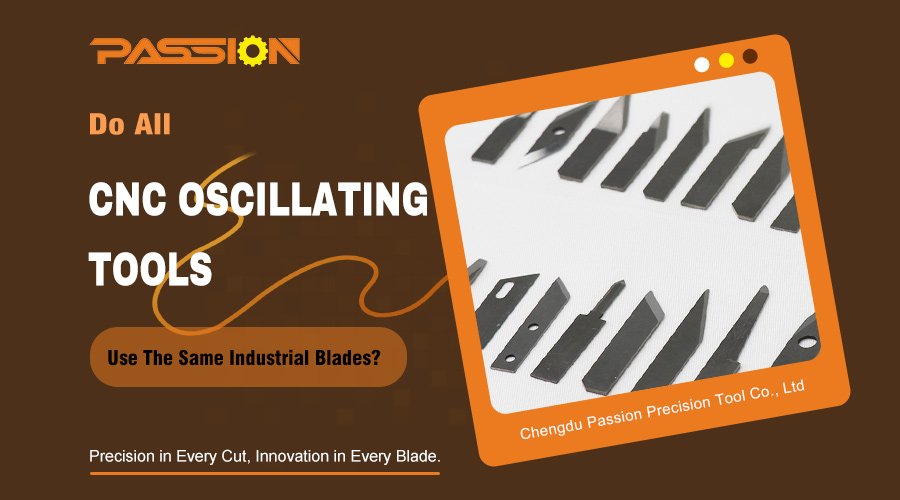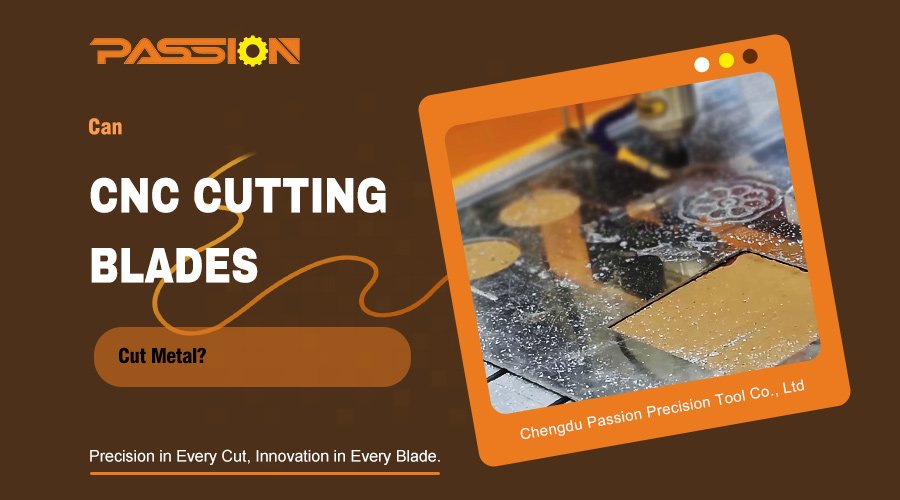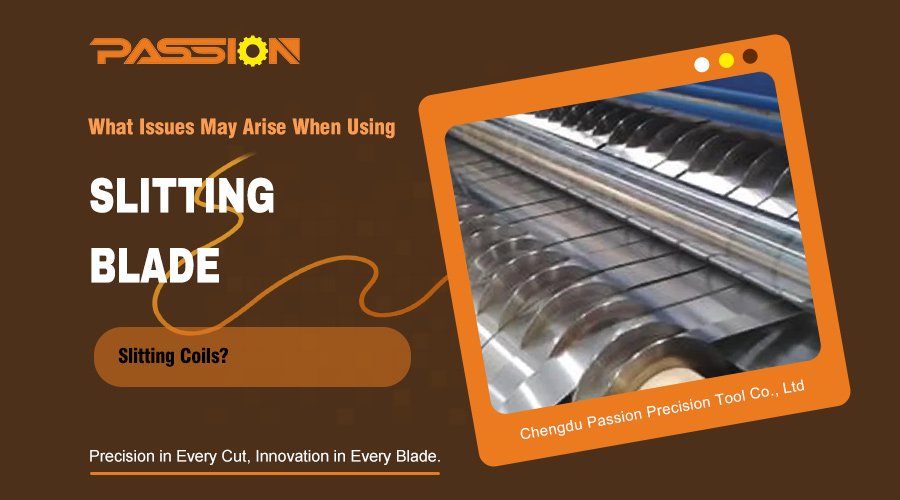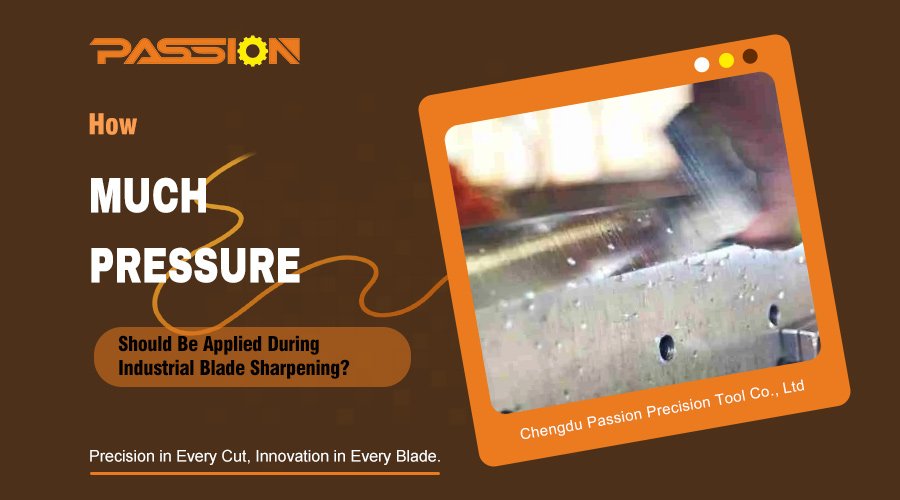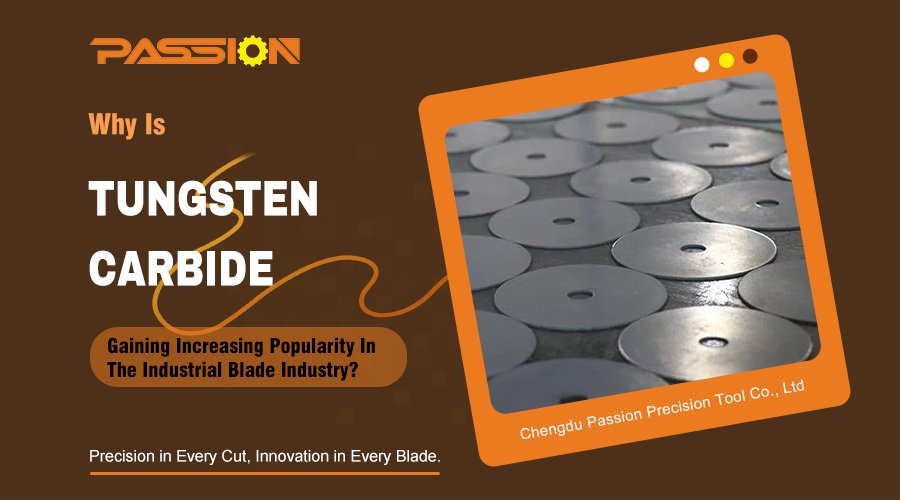Steel is one of the hardest materials to cut, and using the right blade can make all the difference. A lot of industrial buyers wonder if carbide blades can handle the job. As a leading supplier of high-quality carbide blades, we’re going to answer this question by exploring how carbide technology is revolutionizing metal cutting.
The answer is: Yes, you can cut steel with a carbide blade. Carbide-tipped blades are known for their hardness and durability, allowing them to cut through tough materials like steel with precision. They stay sharp longer than steel blades and resist high machining temperatures, making them ideal for heavy-duty applications in a variety of industries. However, it’s important to use the right type of carbide blade, such as those designed specifically for metal cutting, to avoid damaging the blade or material.
Next, we continue to discuss the topic of carbide blades for cutting steel.
Why Should You Choose Carbide Blades for Cutting Steel?
Carbide blades are made from tungsten carbide, a material known for being extremely hard. This allows the blade to cut through tough metals like steel with ease, giving you clean and precise cuts. Compared to traditional steel blades, carbide blades stay sharp for longer, which means you don’t have to replace them as often. This is important in industrial settings where you need to be efficient and precise.
Carbide is also great for cutting steel because it stays hard even when it gets hot. When blades get hot from cutting hard materials like steel, they wear out fast. Carbide, on the other hand, can take the heat, so it lasts longer and you don’t have to replace it as often.
What Are the Advantages of Using Carbide Blades in Steel Cutting?
High Durability: Carbide blades stay hard even at high temperatures, which is important for cutting steel.
Lasts Longer: Carbide blades last a lot longer than steel blades, so they’re cost-effective in the long run. This is a big deal in industries where you need to cut steel with high precision.
Clean, Precise Cuts: Carbide blades make smoother cuts with less friction, so you waste less material. This can save companies money by reducing waste and the need for extra work like sanding or buffing.
Versatile: You can get carbide blades for different types of saws, like circular saws and reciprocating saws, so they’re versatile for industrial use.
What Are the Challenges of Using Carbide Blades for Steel Cutting?
Carbide blades are great, but they do have some downsides:
They’re Brittle: Even though carbide blades are hard, they can be brittle. If a carbide blade hits something hard or you don’t use it right, it can break or lose its teeth. That’s not as much of a problem with steel blades because they’re less likely to break when they hit something.
They Cost More: Carbide blades cost more than regular steel or bi-metal blades. But, because they last longer and work better, a lot of industrial users think it’s worth it to pay more upfront.
So, even though carbide blades cost more at first, they save you money in the long run because you don’t have to stop as much, you don’t have to replace the blade as often, and you get better cuts.
What Types of Carbide Blades Are Best for Metal Cutting?
There are different types of carbide blades made just for cutting metal. Each one is good for different cutting jobs:
Carbide-Tipped Circular Saw Blades:These are great for cutting steel sheets and bars with precision. They’re used a lot in industries where you need to be really accurate and make clean cuts. Circular saw blades with carbide tips are popular for cutting both ferrous and non-ferrous metals.
Carbide-Tipped Reciprocating Saw Blades: If you need to cut through thicker steel or rougher materials, carbide-tipped reciprocating saw blades are good for that. They’re tough and accurate, so they work well for more heavy-duty cutting.
Carbide-Tipped Band Saw Blades: When you need to cut steel really accurately, band saw blades with carbide tips are the way to go. They work great for tougher metals, too. You see these blades a lot in the automotive and construction industries because they have to cut steel parts really precisely.
How Can You Maximize the Lifespan of Your Carbide Blades?
If you take care of your carbide blade and use it right, it’ll last a lot longer:
Cut at the Right Speed: Cutting at the right speed keeps the blade from getting too hot and wearing out faster. When you cut thick steel, you usually cut slower so you don’t get it too hot.
Don’t Hit Anything Hard: Make sure you don’t hit anything harder than the blade, because that can make the carbide tips break. If you line up what you’re cutting right, you can help avoid accidents that could mess up the blade.
Check It Out: Look at your blade a lot to see if it’s worn out. If it is, you need to replace it so you can keep cutting right. If you keep using a dull blade, you won’t cut as well, and you could mess up the blade or what you’re cutting.
How Do Carbide Blades Compare to Other Metal Cutting Blades?
Carbide blades last longer and work better than both bi-metal and steel blades. Bi-metal blades are good for cutting stuff that’s not as hard, but they don’t hold up as well as carbide blades when you cut hard stuff like steel. Steel blades are cheaper, but you have to replace them more often, and they get dull faster when you cut stuff that’s harder like steel.
If you cut a lot of steel in your business, getting carbide blades means you don’t have to replace them as much, you can be more accurate, and you don’t have to stop as much.
Which Industries Benefit the Most from Carbide Blades?
Carbide blades are used in a lot of different industries where they cut steel, like:
Manufacturing: They cut steel sheets and parts really accurately.
Construction: They cut steel pipes, beams, and stuff like that.
Automotive: They cut steel parts and frames. In the automotive industry, where you have to be really accurate, carbide blades cut steel right and don’t waste as much.
Carbide blades are a tough, efficient way to cut steel. They’re hard, they can take the heat, and they stay sharp. That’s why they’re so popular in industries that cut hard stuff. Even though they cost more at first, they save you money in the long run because you don’t have to replace them as much and you can be more accurate. If you need top-quality carbide blades that you can get just the way you want them, PassionBlade has what you need.


